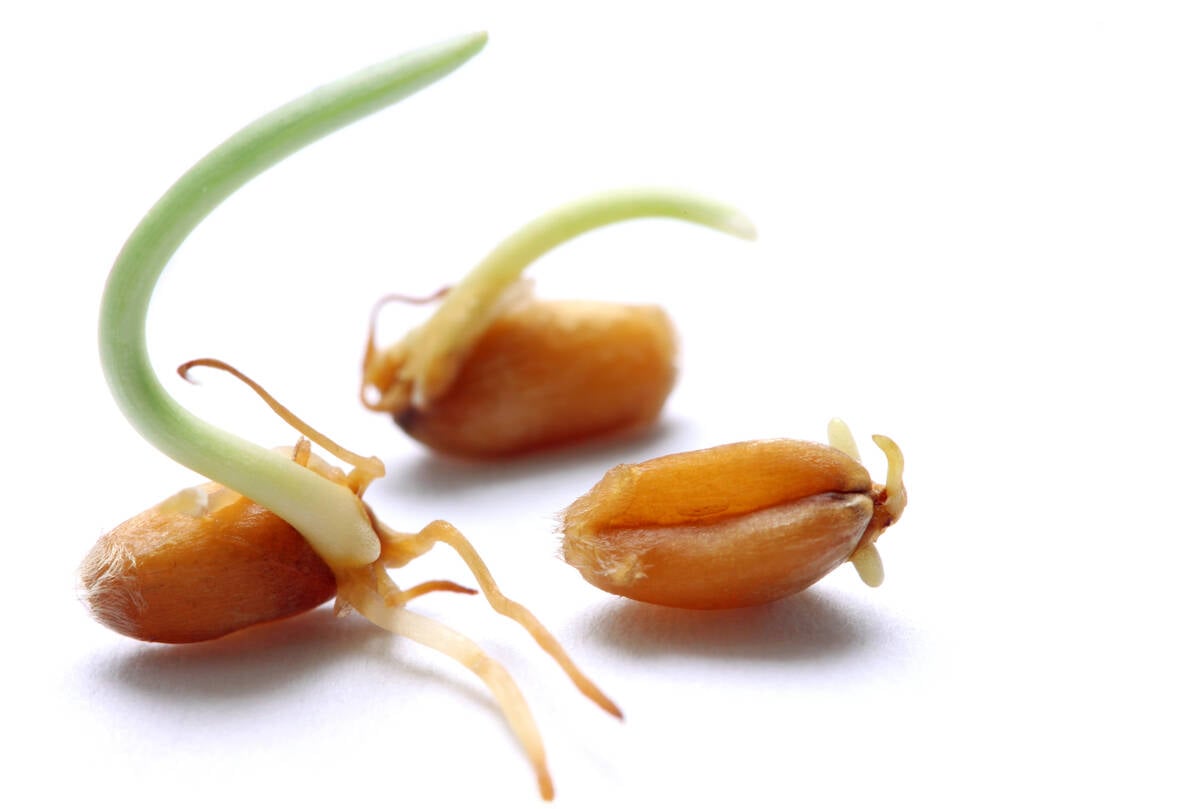CHARLOTTETOWN, P.E.I. – The political deals have been made, the United States border is open and Prince Edward Island’s potato farmers once again have access to North America, cleared of being a potato wart carrier.
But the aftershocks of last year’s American potato boycott will last for years, says P.E.I. agriculture minister Mitch Murphy.
“I think there is a hangover and there will be one.”
He said the province will lose markets, farmers and prestige.
“There are all kinds of hangovers from potato wart, not the least of which is the stigma,” Murphy said.
Read Also

Manitoba farmers fight sprouted wheat after rain
Rain in mid-September has led to wheat sprouting problems in some Manitoba farm fields.
The crisis hit last October when a small outbreak of potato wart was discovered west of Charlottetown.
The area of the field was fenced off and no other outbreaks were found. Still, American authorities under pressure from their potato grower lobby closed the border and put sharp restrictions on movement of P.E.I. potatoes off the island.
It cost the industry tens of millions of dollars and took until this summer to work out a deal to reopen the American border.
At the P.E.I. Potato Board, general manager Ivan Noonan has said it is time to move on from the political crisis and proclaim the issue over.
Murphy suggested it will not be that easy.
“It put some people out of the business,” he said.
As an example, in the Kensington area, fourth generation producer Carl Pickets left the business to study for a job in the financial industry.
The family said it was the last straw in weighing “risk against reward.”
Murphy said another major issue is that more island farmers are opting for the security of a contract with processors rather than splitting their sales between lower-priced processing and higher-priced table sales.
“That concerns me,” he said.
“There is an appropriate balance. Now, 54 percent is processing acreage. That’s enough. We need that balance between processing, table stock and seed. The uncertainty of the American market drives more to the certainty of a contract.”














